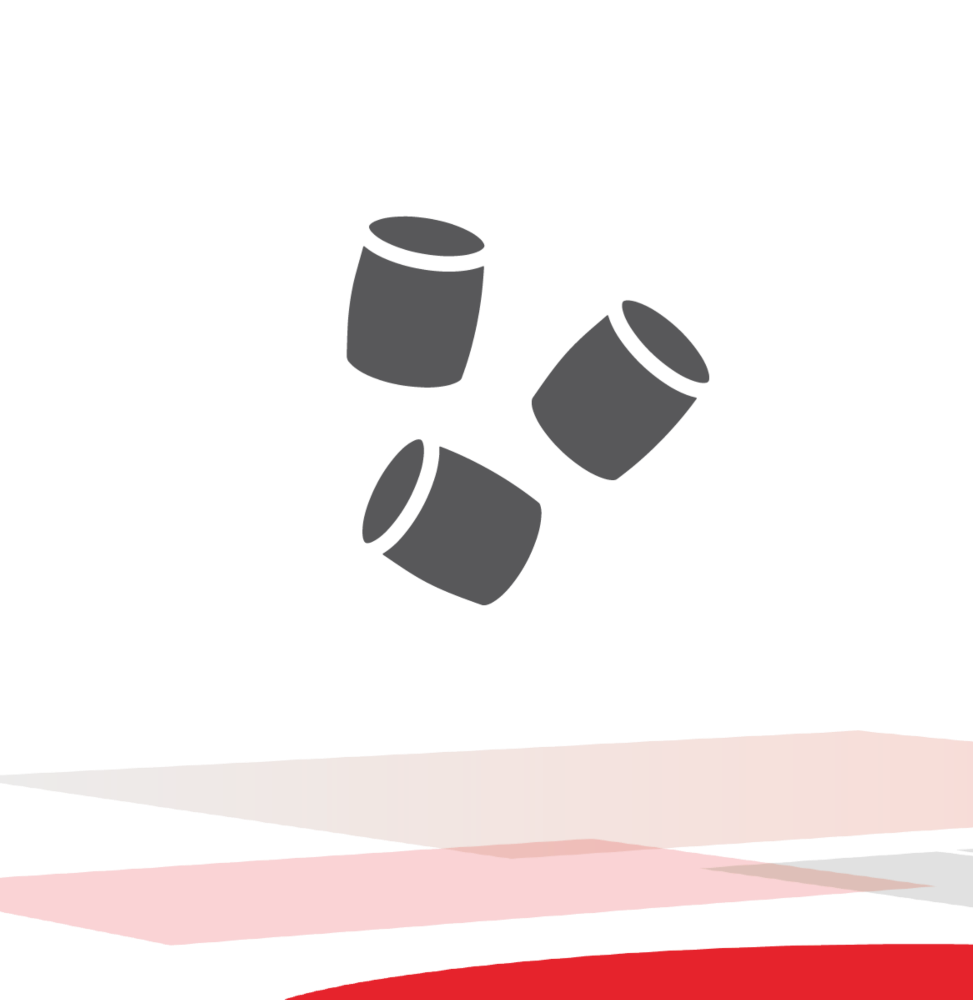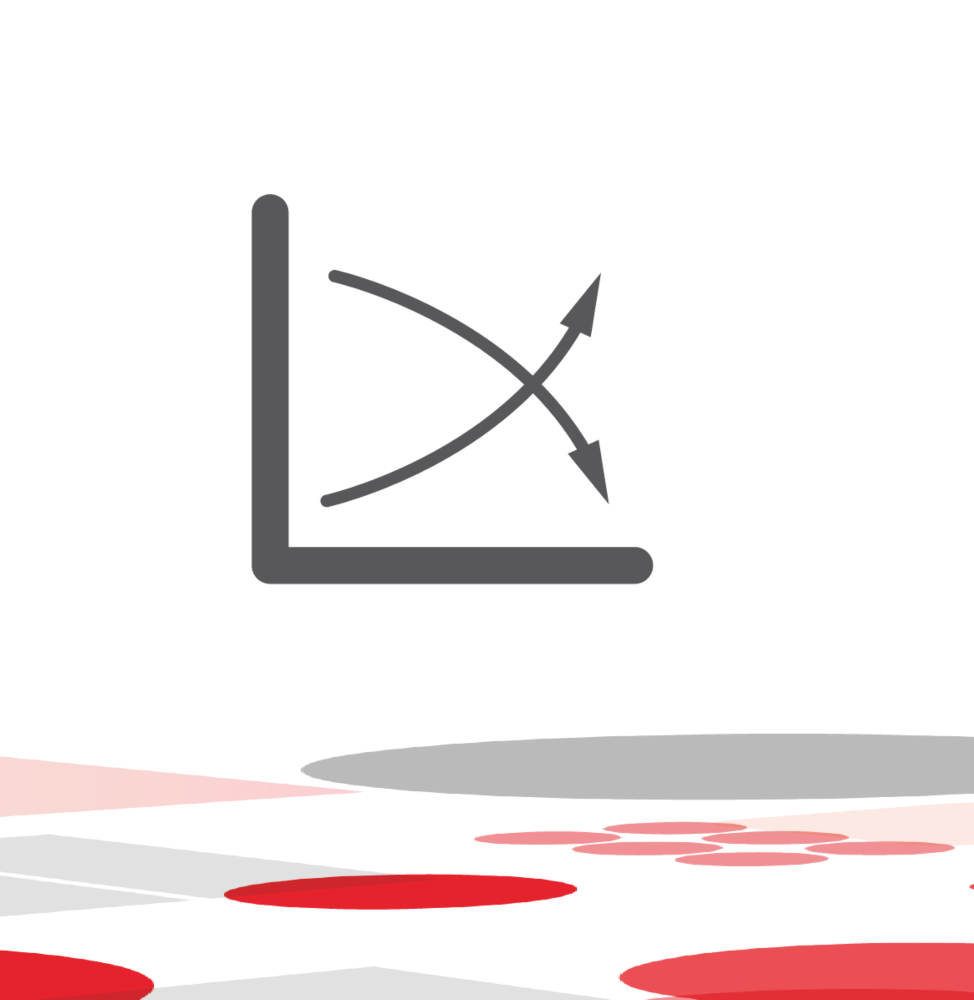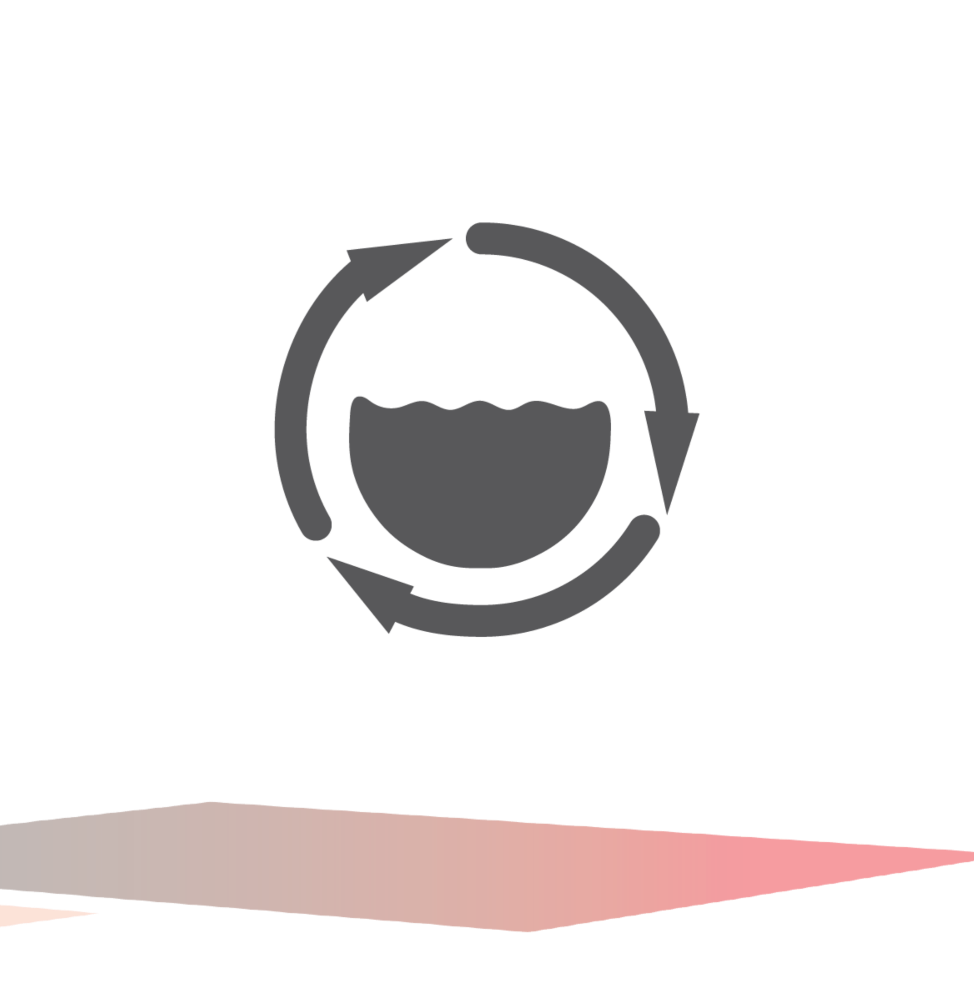
Feed solutions
Recirculating aquaculture system needs a top performance feed in terms of physical and nutritional quality, to make fish growth faster and healthier, to keep water clean in the system. With years of dedicated research and development Skretting offers innovative ‘RC’ feeds that are best suited to meet the needs of fish production in RAS.
Skretting's RAS feed products are specifically designed to optimise the performance of recirculating systems without compromising fish performance. The RC feeds have precise levels of nutrients and only use ingredients with high digestibility to maximise nutrient utilisation for fish growth and minimise nutrient loss.
Skretting RC feeds have high water stability and pellet sinking rate customised to feed fish in land based farming. High water stability of feed reduces nutrient leaching, turbidity and ensures good water quality for fish growth. Unique patented ingredients in RC feeds binds faecal matter, making it easier to filter and remove solid waste particles which also reduces fecal leaching and lowers load on bio-filter. As water quality is improved, fish health is optimised and the production capacity of the system may be increased.



